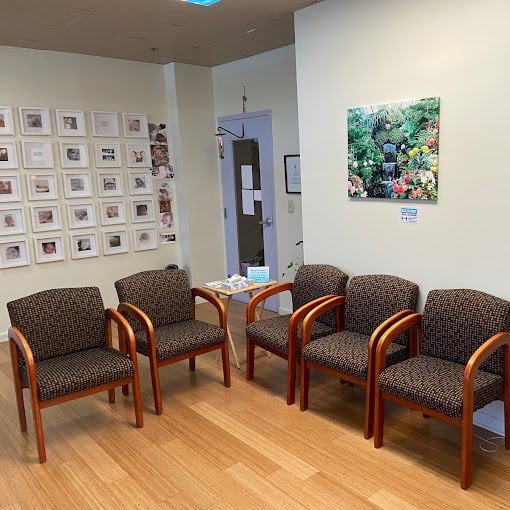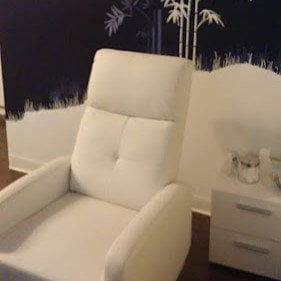Acupuncture for Low Back Pain
Our exclusive acupuncture treatment for Low Back Pain and other pain conditions.

Did You Know? Two non-lumbar muscles that most health care practitioners who treat back pain never think of treating.
There are two non-lumbar muscles that most health care practitioners who treat back pain never think of treating, yet studies show that in virtually every person with back pain, they are inhibited. These muscles are the Transverse Abdominis and the Internal Obliques. They are two of what are called “core muscles.”
The Transverse Abdominis is like a lumbar belt that supports the core of the torso. It works in a feet-forward fashion, meaning that it activates prior to any movement of the torso. So if it is inhibited, the back will not have proper support.
The Internal Obliques, along with the Transverse Abdominis, holds everything together. Both the Transverse Abdominis and the Internal Obliques are antagonists to the diaphragm and a key lumbar muscle, the Quadratus Lumborum.
If the Transverse Abdominis and Internal Obliques are inhibited, there is poor sensory-motor integration with the diaphragm and the Quadratus Lumborum. This predisposes the back to further injury.
Thus it is crucial for any back treatment plan to include a treatment to activate the Transverse Abdominis and Internal Obliques.
Acupuncture Treatment for Low Back Pain Starts by Identifying the Pain Source.
When a patient presents with chronic low back pain (six months or longer duration), they often have trouble describing the exact location of their pain. The source of the pain seems a mystery.
To find the source of the pain, Dr. David Blake Jones, D.A.C.M., L.Ac. uses an orthopedic assessment tool called Exstore.
About the EXSTORE system
The EXSTORE system allows Dr. Jones to rapidly evaluate pain patterns, determine the root cause, and accordingly, treat the correct motor and trigger points to produce the maximum pain relief and restoration of function.

Testing the strength of the muscles to find which ones are neurologically inhibited (weak) is the first step.
It may seem at times that a joint is the key element of a case of pain. However, the muscles of the body buttress the joints of the body and its other structures. If they are weak, or not firing properly, pain and dysfunction almost inevitably result. Think of a joint that is stiff. For a joint to move, a muscle that lies across it must contract. If the muscle tension is pronounced, however, like a vice grip on the joint, it prevents normal range of motion. Once the muscle tension is unwound and the function restored, the joint can then function with normality.
After the initial assessment
Once the assessment has revealed which muscles are inhibited, Acupuncture at specific motor nerves (located in the central part of the muscle, and serving as a literal command center for the muscle) usually combined with some form of mild electric stimulation, wakes up the weak, often tight, and dysfunctional muscle.
In fact, a patient usually notices an immediate change in strength and range of motion during the retesting of the formerly inhibited muscle, right after treatment.
Restoring muscle relieves the pressure on stressed joints, allowing for great improvement in range of motion, reduced pain in both muscle and joint, and restoration of formerly limited functions such as walking, reaching, gripping, bending, and etc. There is often dramatic improvement during and after just one treatment!

What to expect during your acupuncture treatment
- Relaxation is key: Settle in for a calming 30-60 minute session where fine needles are gently inserted at specific points based on your individual needs.
- Minimal discomfort: You may feel a slight, momentary sensation during needle insertion, followed by a wave of deep relaxation.
- Personalized care: We tailor each treatment plan to your unique concerns and goals, ensuring a safe and effective experience.
After your acupuncture treatment
- You may feel relaxed or energized. Remember, individual responses vary. If symptoms don't improve within a few weeks, discuss it with your practitioner.


